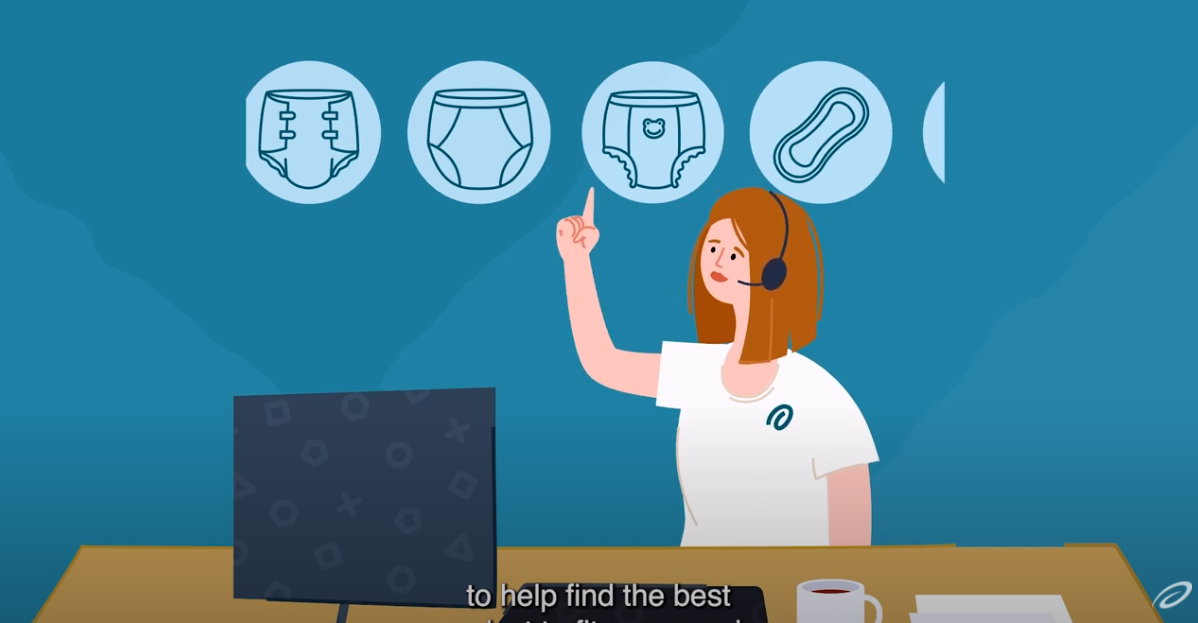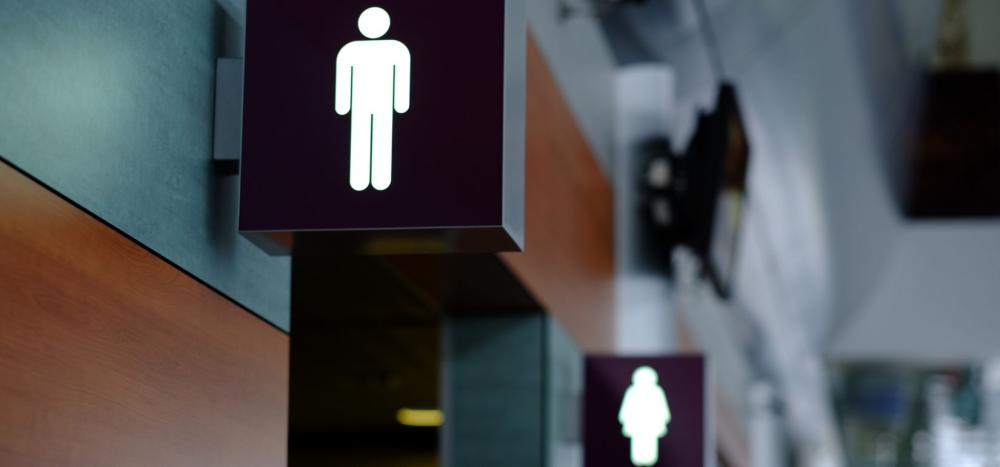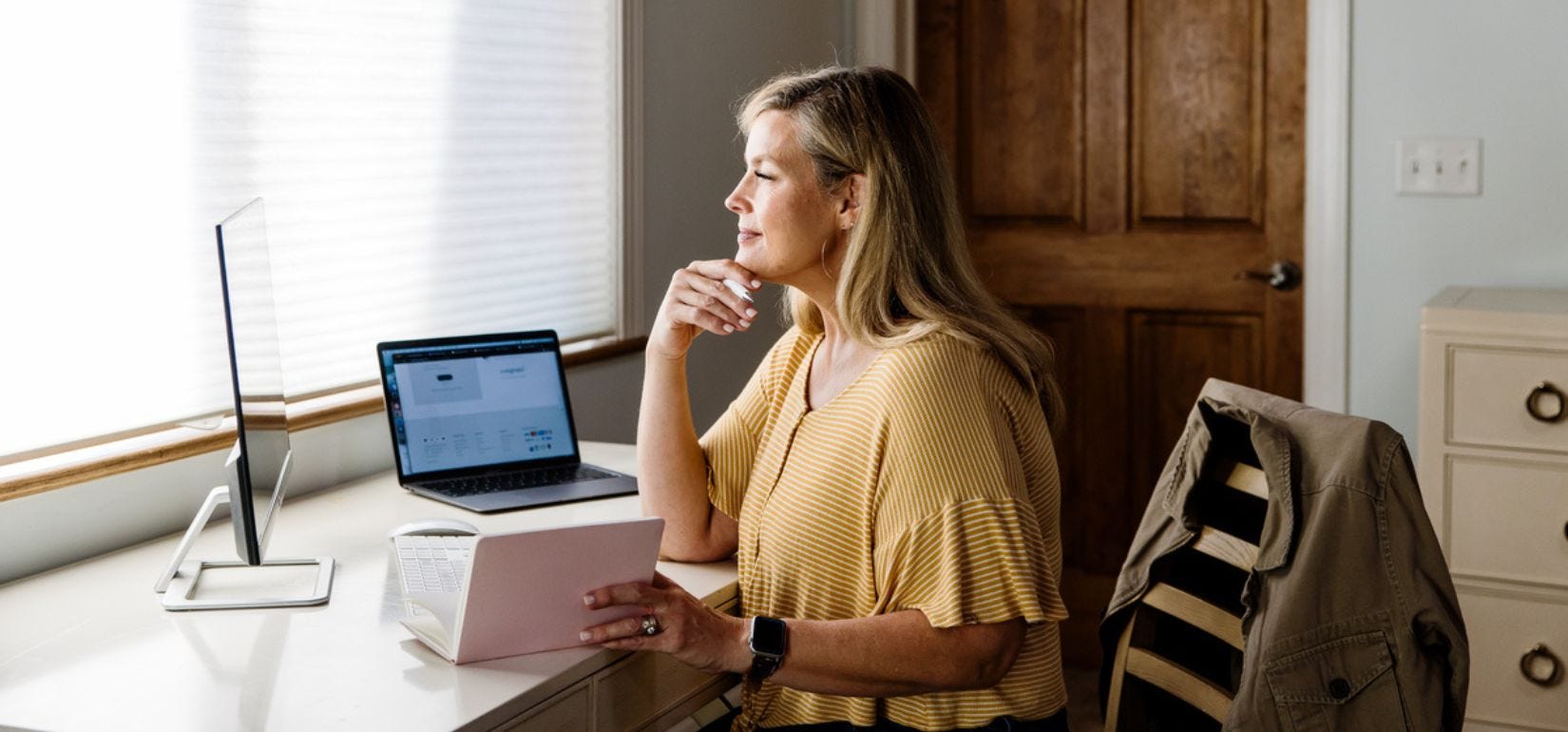This piece has been medically reviewed by Samantha Eaker DNP, CPNP-PC, Medical Advisor to Aeroflow Urology.
If you’ve ever leaked urine from sneezing or coughing and felt the immediate urge to find a bathroom and pee at the same time, you may have mixed incontinence.
But not to worry! Mixed incontinence is reversible in some cases and we know exactly what causes it. Read this article to find out if you have mixed incontinence and how to treat it.
Mixed Incontinence
Mixed incontinence is a type of urinary incontinence (UI).
UI is defined as the loss of bladder control. It's very common for people to experience UI, and any person of any age may experience it. Some of the common types of UI include:
Stress Urinary Incontinence (SUI): Leaking urine due to pressure being placed on the bladder when coughing, sneezing, laughing, exercising, lifting heavy objects, or having sex.
Urge Incontinence: Also called overactive bladder (OAB), urge incontinence results in urine leakage due to experiencing a sudden and intense urge to pee.
Check Your Eligibility
2 Easy Steps
Discover the continence care essentials available through your Medicaid plan.
Symptoms
The symptoms of mixed incontinence are the result of experiencing two types of urinary incontinence at once. It’s a combination of stress and urge incontinence. You may have mixed incontinence if you are:
- Leaking urine when you sneeze, laugh, cough, exercise, bend over, lift heavy objects, or have sex (related to SUI).
- Feeling the sudden and intense urge to pee throughout the day, possibly resulting in leakage (related to OAB).
- Needing to wake up or go to the bathroom at night due to the sudden urge to urinate (related to OAB).
Causes
Mixed incontinence is caused by the same issues that cause SUI and urge incontinence. Causes include:
- Weakened pelvic floor muscles: Childbirth, pregnancy, or chronic coughing or sneezing can weaken your pelvic floor muscles (the muscles that support your bladder and other organs) by putting extra pressure on them. This pressure can damage your urethra and pelvic muscles which can lead to a less controlled voiding.
- Hormonal changes: Hormones like estrogen that change during childbirth, pregnancy, menopause, or menstruation can cause leakage.
- Being overweight: Weight around the stomach can place extra pressure on the pelvic floor muscles, weakening them and causing urine leaks. Additional weight can also put pressure on your bladder and cause more frequent voiding.
- Nerve damage: Damage to the bladder or nervous system that is commonly seen with urge incontinence due to conditions such as Parkinson’s disease, multiple sclerosis, or spinal cord injury (SCI) can cause urges to urinate and loss of urine.
Diagnosis
The first step in diagnosing mixed incontinence is to see your healthcare provider or a provider that specializes in urology.
During the visit, your healthcare provider may perform a physical exam and ask questions about your urinary symptoms. They may also perform certain tests.
- Ultrasound: Your healthcare provider may check your kidneys or bladder for problems.
- Bladder stress test: Your doctor will evaluate leakage when coughing.
- Urinalysis or urine culture: Your doctor may want to see if anything is unusual, such as kidney stones or signs of a urinary tract infection UTI) in your urine.
- Urodynamic testing: Your healthcare provider will have you urinate into equipment that will evaluate any issues with the bladder, urine stream, or kidneys.


Treatments
Treatment options for mixed incontinence will vary from person to person because everyone’s symptoms are unique, but they are available to help you regain quality of life. You’ll need to speak with your healthcare provider about your options. These may include:
- Bladder retraining: If you are using the toilet too often to void your bladder, your prescriber may recommend bladder retraining. This involves holding your urine for 5 minutes when you first feel the urge to go, and then going. While it may be uncomfortable at first, the goal is to build up the interval at which you’re able to hold your urine before voiding your bladder. 5 minutes will increase to 10 and so on. The bladder will naturally begin to send signals of fullness at regular intervals again.
- Biofeedback: This procedure connects you to electrical sensors that send information about your bladder to a computer.
Kegel exercises. Pelvic floor exercises like Kegels can rebuild the strength of your pelvic floor. You may visit a pelvic floor physical therapist (PFPT) to practice these or do them at home. - Anticholinergics: Your provider may prescribe anticholinergic medications that prevent bladder spasms so you don’t feel the sudden urge to void your bladder.
- Surgical procedures: Your provider may recommend surgeries to help bring your bladder back to its proper position of you’ve had a bladder prolapse (pelvic organ prolapse) (POP). Procedures may include:
- A sling procedure that creates a support for the bladder neck.
- A retropubic suspension that uses stitches to support your bladder neck.
- A midurethral sling that supports the urethra.
- A vaginal pessary may also be inserted into the vagina to support the urethra.
- Avoiding bladder irritants: Certain foods and drinks can irritate your bladder and cause incontinence symptoms to worsen. These include things like chocolate, synthetic dyes, tomato-based products, caffeine, alcohol, and carbonated drinks. Your provider may suggest you avoid these things in order to irritate your bladder lining less.
- Botox injections: Your provider may inject bladder botox which helps your bladder muscles relax, lessening symptoms of urge incontinence.
Mixed incontinence may be reversible, depending on the severity of your symptoms as well as the etiology and response to treatment. Often, with proper medical evaluation, work-up, and treatment, mixed incontinence can be adequately treated and controlled!
Free Bladder Control Products Through Insurance
Another treatment option for mixed incontinence is to use free incontinence products through insurance.
If you have been diagnosed with mixed incontinence, it may be helpful to use incontinence products, such as adult briefs and protective underwear to catch leaks and keep you dry throughout the day and night.
The best part is that you may qualify to get them for free with free delivery! No more last-minute trips to the store for protective products- they’ll be sent right to your doorstep every month. Plus, we send free samples so you can choose which products you love the most before you confirm your order.
See if you qualify today in less than 5 minutes. Our insurance experts keep your information safe and determine your coverage within days. After that, we’ll reach out to your healthcare provider for a prescription for incontinence.

See if you qualify today. If you have any questions along the way, simply chat or call one of our experts.
Nitti, V. W. (2001). The prevalence of urinary incontinence. Reviews in Urology, 3 Suppl 1(Suppl 1), S2-6. https://www.ncbi.nlm.nih.gov/pmc/articles/PMC1476070/#:~:text=Next%2C%20mixed%20incontinence%20is%20the
Welk, B., & Baverstock, R. J. (2017). The management of mixed urinary incontinence in women. Canadian Urological Association Journal, 11(6S2), 121. https://doi.org/10.5489/cuaj.4584
Information provided on the Aeroflow Urology website is not intended as a substitute to medical advice or care from a healthcare professional. Aeroflow recommends consulting your healthcare provider if you are experiencing medical issues relating to incontinence.










